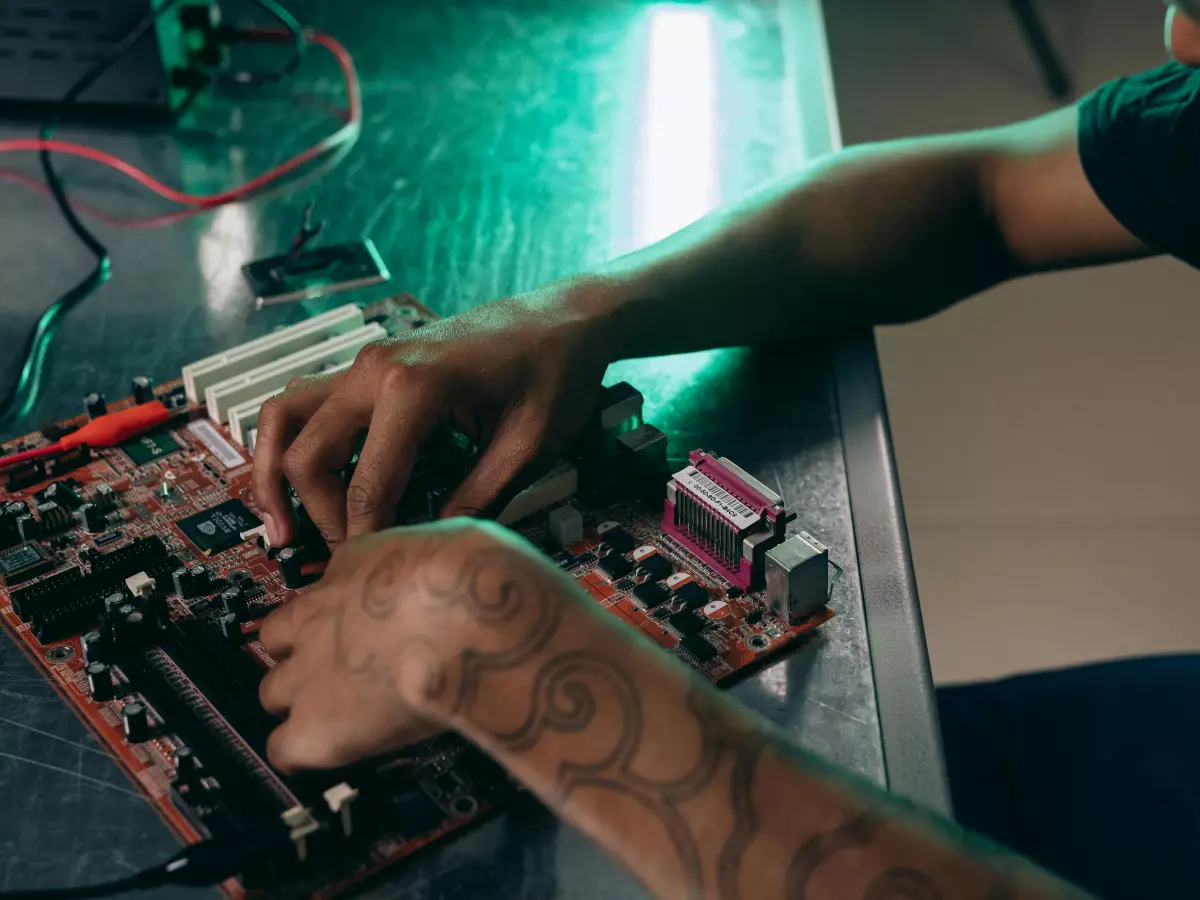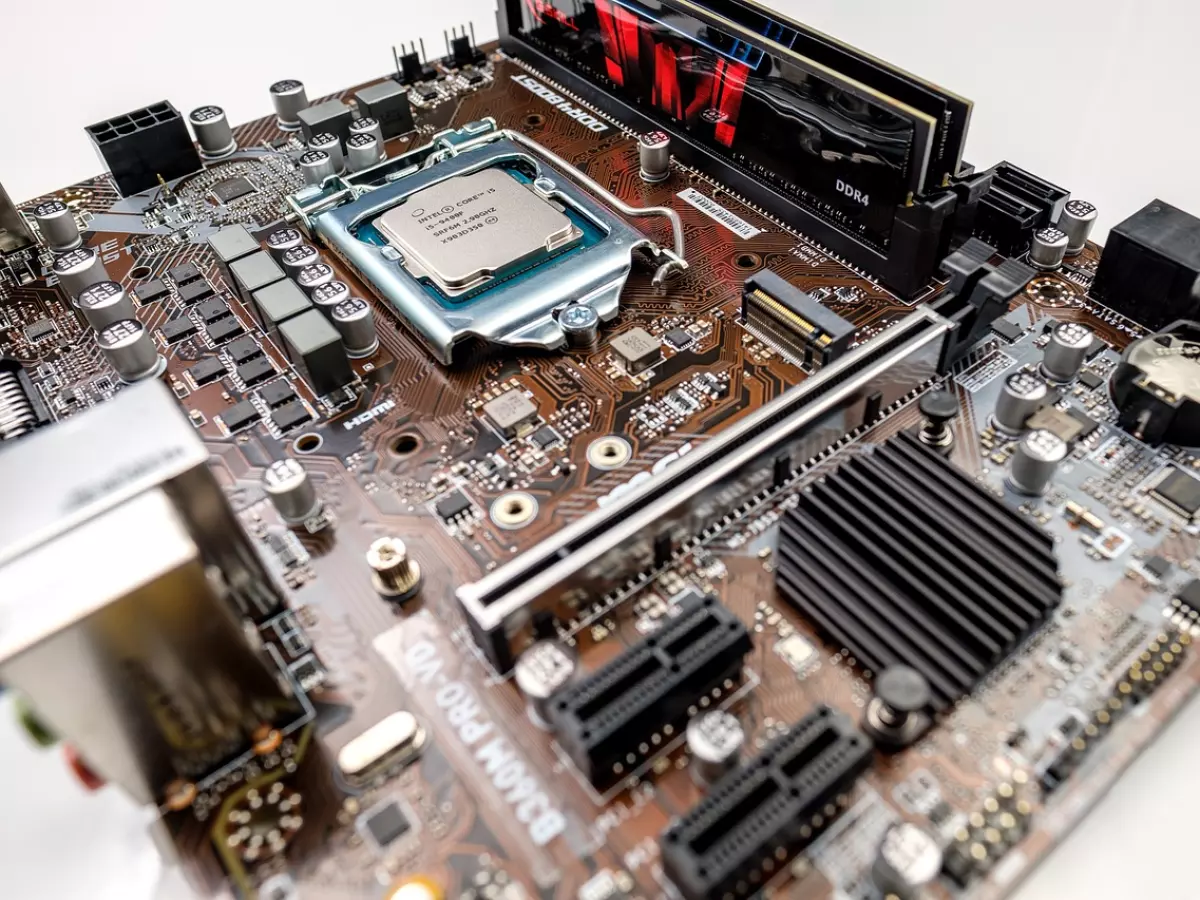Graphics Showdown
Here’s a question: What’s the most underrated battle happening inside your PC? Spoiler alert: It’s the war between integrated and dedicated graphics. And trust me, it’s a bigger deal than you might think.

By Jason Patel
Most people don’t even realize this silent war is happening. You’ve got your CPU, your RAM, your storage, and all the other usual suspects, but lurking in the shadows is a battle for supremacy between two very different types of graphics processors: integrated and dedicated. Which one you choose can make a world of difference, not just for gaming, but for everyday tasks like video streaming, photo editing, and even web browsing. Yeah, you heard me right—web browsing.
So, let’s break it down. Integrated graphics are like the Swiss Army knife of your PC’s hardware. They’re built into your CPU, which means they share resources like memory with the rest of your system. Dedicated graphics, on the other hand, are like the special forces—designed for one mission: delivering top-tier visual performance. They come with their own memory (VRAM) and processing power, meaning they don’t have to share with anyone. Sounds like a no-brainer, right? Well, not so fast.
Integrated Graphics: The Jack of All Trades
Let’s start with integrated graphics. These little guys are built into your CPU, and they’ve come a long way from the days when they were only good for running Minesweeper. Modern integrated graphics can handle a surprising amount of tasks, from 4K video playback to light gaming. And because they’re part of the CPU, they’re super efficient. They don’t need a ton of power, and they don’t generate much heat, which makes them perfect for laptops and compact PCs.
But here’s the catch: Integrated graphics are, by nature, a compromise. They have to share system memory with the CPU, which means they’re always going to be limited in terms of performance. You’re not going to be playing the latest AAA games at ultra settings with integrated graphics, and if you’re doing any kind of serious video editing or 3D modeling, you’re going to hit a wall pretty quickly.
Still, for most people, integrated graphics are more than enough. If you’re just browsing the web, watching Netflix, or doing some light photo editing, you probably won’t even notice the difference. And because they’re so efficient, they’re perfect for anyone who values battery life or wants a quiet, cool-running system.
Dedicated Graphics: The Heavyweight Champion
Now, let’s talk about dedicated graphics. These are the big guns, the heavyweight champions of the PC world. A dedicated graphics card is a separate piece of hardware that’s designed specifically for rendering images, videos, and games. It comes with its own memory (VRAM), its own cooling system, and its own power supply. In other words, it’s a beast.
If you’re a gamer, a video editor, or a 3D artist, dedicated graphics are a must. They can handle the most demanding tasks without breaking a sweat, and they’ll give you the kind of performance that integrated graphics can only dream of. Want to play Cyberpunk 2077 at 4K with ray tracing? You’re going to need a dedicated graphics card. Want to render a 3D animation in Blender without waiting all day? Same deal.
But all that power comes with a price. Dedicated graphics cards are expensive, they use a lot of power, and they generate a lot of heat. That means you’re going to need a beefy power supply, a good cooling system, and a case with plenty of airflow. And if you’re using a laptop, forget about it—dedicated graphics are going to drain your battery faster than you can say “frame rate.”
So, Which One Should You Choose?
Ah, the million-dollar question. Should you go with integrated graphics or dedicated graphics? Well, it depends on what you’re planning to do with your PC.
If you’re a casual user who just wants to browse the web, watch videos, and maybe play the occasional indie game, integrated graphics are probably all you need. They’re efficient, they’re quiet, and they’re perfect for everyday tasks. Plus, they’re built into most modern CPUs, so you don’t have to worry about buying a separate graphics card.
On the other hand, if you’re a gamer, a content creator, or anyone who needs serious graphical horsepower, dedicated graphics are the way to go. Yes, they’re more expensive, and yes, they require more power and cooling, but the performance boost is worth it. You’ll be able to play the latest games at high settings, render videos and 3D models in a fraction of the time, and generally enjoy a smoother, faster experience.
Of course, there’s also a middle ground. Some laptops and desktops come with hybrid setups that combine integrated and dedicated graphics. These systems can switch between the two depending on what you’re doing, giving you the best of both worlds. When you’re just browsing the web or watching a movie, the system uses the integrated graphics to save power. But when you fire up a game or start editing a video, it switches to the dedicated graphics for maximum performance.
The Future of Graphics: A Blurred Line?
Here’s where things get interesting: The line between integrated and dedicated graphics is starting to blur. With the rise of technologies like Intel’s Iris Xe and AMD’s RDNA 2, integrated graphics are getting more powerful than ever. We’re already seeing laptops with integrated graphics that can handle games like Fortnite and Overwatch at decent settings, and it’s only going to get better from here.
At the same time, dedicated graphics cards are becoming more efficient. NVIDIA’s latest GPUs, for example, use AI to optimize performance and reduce power consumption, making them more viable for laptops and compact PCs. So, while the gap between integrated and dedicated graphics is still pretty wide, it’s starting to close.
In the future, we might not even have to choose between integrated and dedicated graphics. We could see hybrid systems that combine the best features of both, or even entirely new types of graphics processors that render the whole debate moot. But for now, the choice is still yours.
The Final Verdict
At the end of the day, the battle between integrated and dedicated graphics comes down to one thing: your needs. If you’re a casual user who values efficiency and battery life, integrated graphics are the way to go. But if you need serious performance for gaming, content creation, or anything else that requires a lot of graphical horsepower, dedicated graphics are worth the investment.
So, which side are you on? The silent war inside your PC rages on, and the choice is yours to make. Choose wisely, and may your frame rates be ever in your favor.





